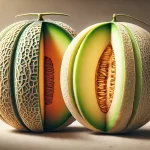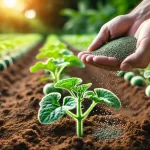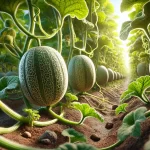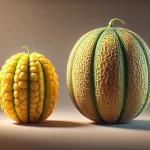Choosing the right irrigation system is crucial for the success of melon cultivation. Efficient irrigation not only ensures optimal growth and fruit quality, but also contributes to water conservation and the economic sustainability of the crop. In this article, we analyze different irrigation systems for melons, evaluating their efficiency, costs, and technical benefits to help farmers make informed decisions.
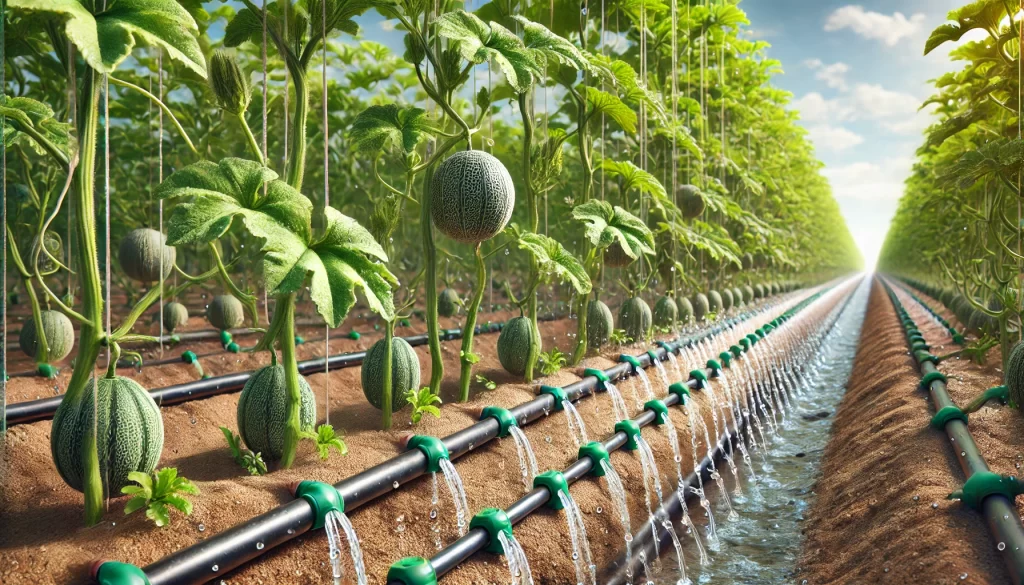
Introduction to Irrigation Systems in Melon Cultivation
Melons require careful and precise irrigation due to their specific water needs. Improper irrigation can affect fruit quality, promote the appearance of diseases, and waste water. Therefore, it is essential to know and evaluate the different irrigation systems available, considering factors such as climate, soil type, and available resources.
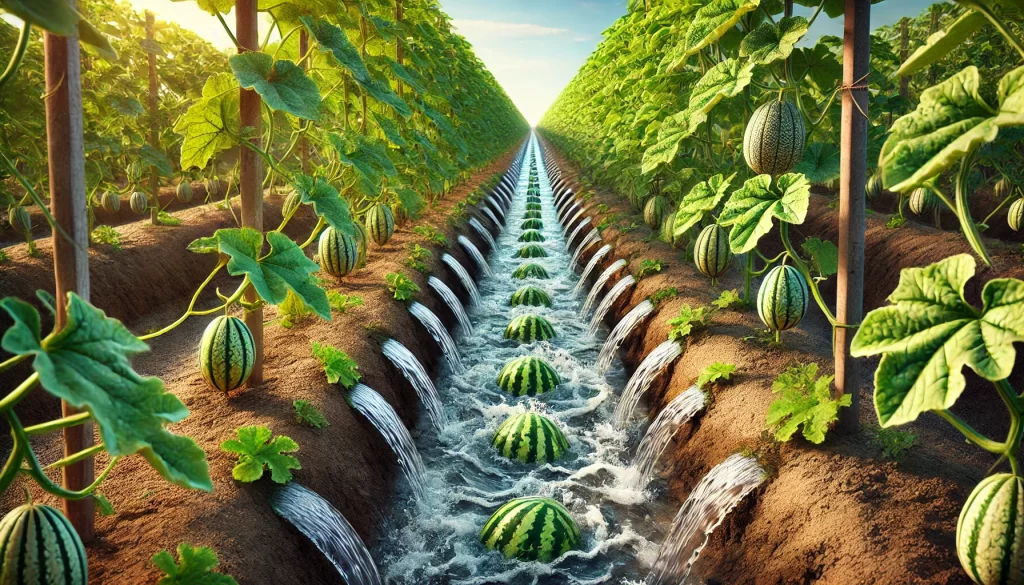
Types of Irrigation Systems for Melon
Below are the most common irrigation systems used in melon cultivation, with their advantages and disadvantages:
| Irrigation System | Advantages | Disadvantages | Efficiency (scale 1-5) |
|---|---|---|---|
| Drip Irrigation | – Water saving – Direct application to the root zone – Reduces foliar diseases | – High initial installation cost – Regular maintenance required | 5 |
| Sprinkler Irrigation | – Wide coverage – Easy installation | – Higher evaporation – May cause fungal leaf diseases | 3 |
| Furrow Irrigation | – Low initial cost – Simple to implement | – Less water control – Inefficient due to runoff and evaporation | 2 |
| Subsurface Irrigation | – Minimizes evaporation – Constant water supply to roots | – High initial investment – Difficult to modify once installed | 4 |
Irrigation Efficiency Assessment
Drip Irrigation
Drip irrigation is considered the most efficient for melon cultivation. Its precision allows the exact amount of water to be supplied to the root zone, optimizing absorption and minimizing waste. It also reduces surface humidity, decreasing the incidence of fungal diseases. Although the initial investment is high, the water savings and improvement in fruit quality offset the cost in the long term.
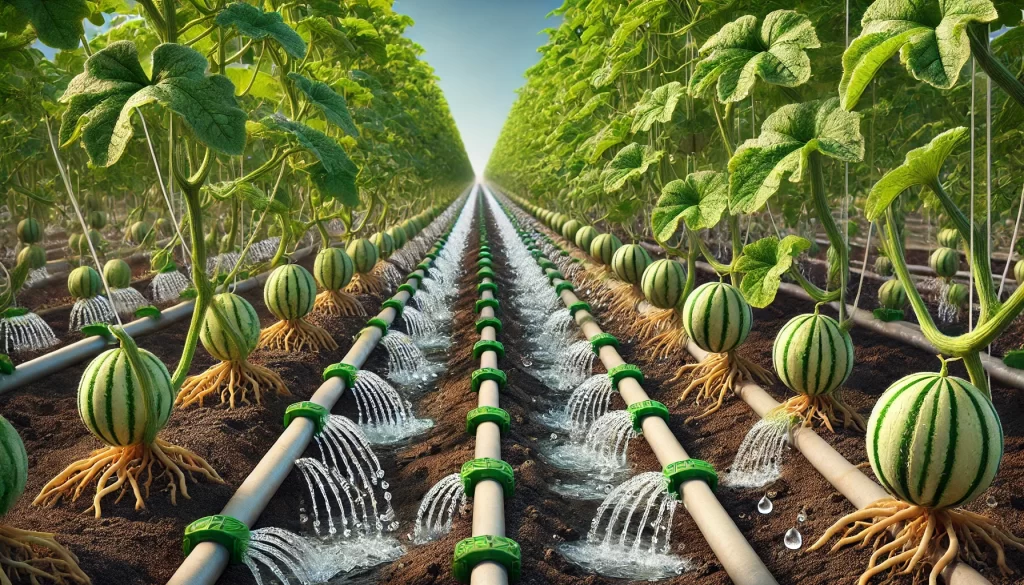
Subsurface Irrigation
Subsurface irrigation offers excellent efficiency by minimizing evaporation and ensuring consistent soil moisture. It is particularly useful in areas with high evapotranspiration. However, it requires a significant investment and detailed planning for implementation.
Cost and Yield Comparison
The selection of the irrigation system depends on balancing initial investment, maintenance, and return on productivity. Factors such as topography, water availability, and soil characteristics should be evaluated to determine the best irrigation option for each situation.
Tips for Optimizing Irrigation in Melon Cultivation
- Soil moisture monitoring: Use sensors to measure moisture and avoid over-irrigation or under-irrigation.
- Automation: Implement automatic systems and timers to regulate irrigation based on the crop’s needs.
- Regular maintenance: Inspect and clean irrigation systems to ensure uniform distribution and prevent blockages.
- Integration with fertilization: Combine drip irrigation with fertigation to provide nutrients directly to the root zone.
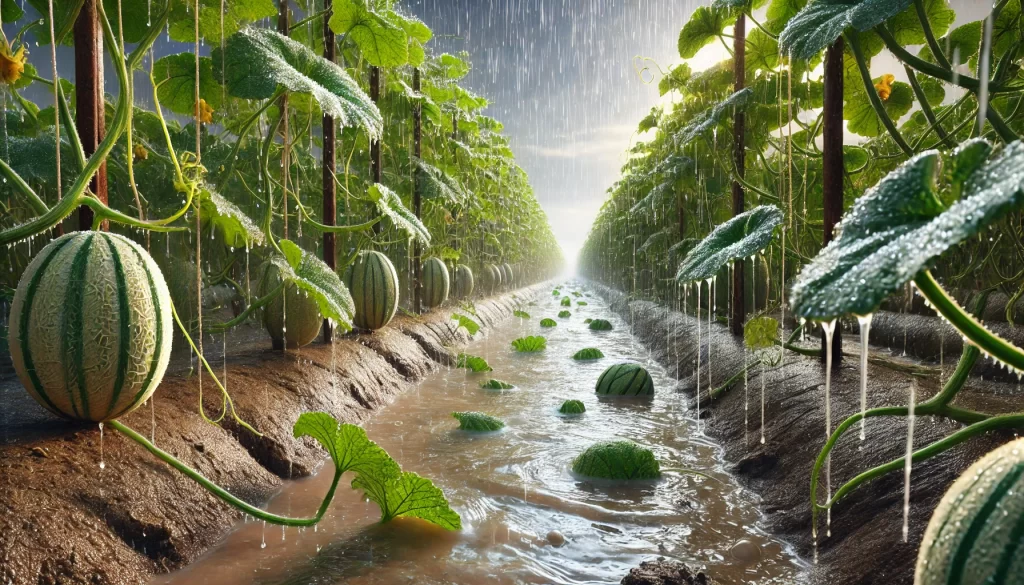
Conclusion
Irrigation efficiency is a key factor in fruit quality and crop profitability. Drip irrigation stands out as the most efficient option due to its precision and water-saving features, although subsurface irrigation also offers notable advantages in certain contexts. Evaluating specific land conditions, climate, and available resources allows farmers to select the optimal irrigation system, maximizing benefits and minimizing operational costs.
References
- Carter, A., & Smith, B. (2015). “Efficiency of Drip Irrigation in Melon Cultivation.” Journal of Agricultural Water Management, 146, 73-81.
- Johnson, L., et al. (2018). “Comparative Study of Irrigation Systems for Horticultural Crops.” Irrigation Science, 36(3), 267-283.
- Martínez, P. (2020). “Advanced Irrigation Techniques for Sustainable Melon Production.” Horticultural Water Management, 12(1), 45-59.
 AgronoBlog – Agriculture Blog
AgronoBlog – Agriculture Blog 